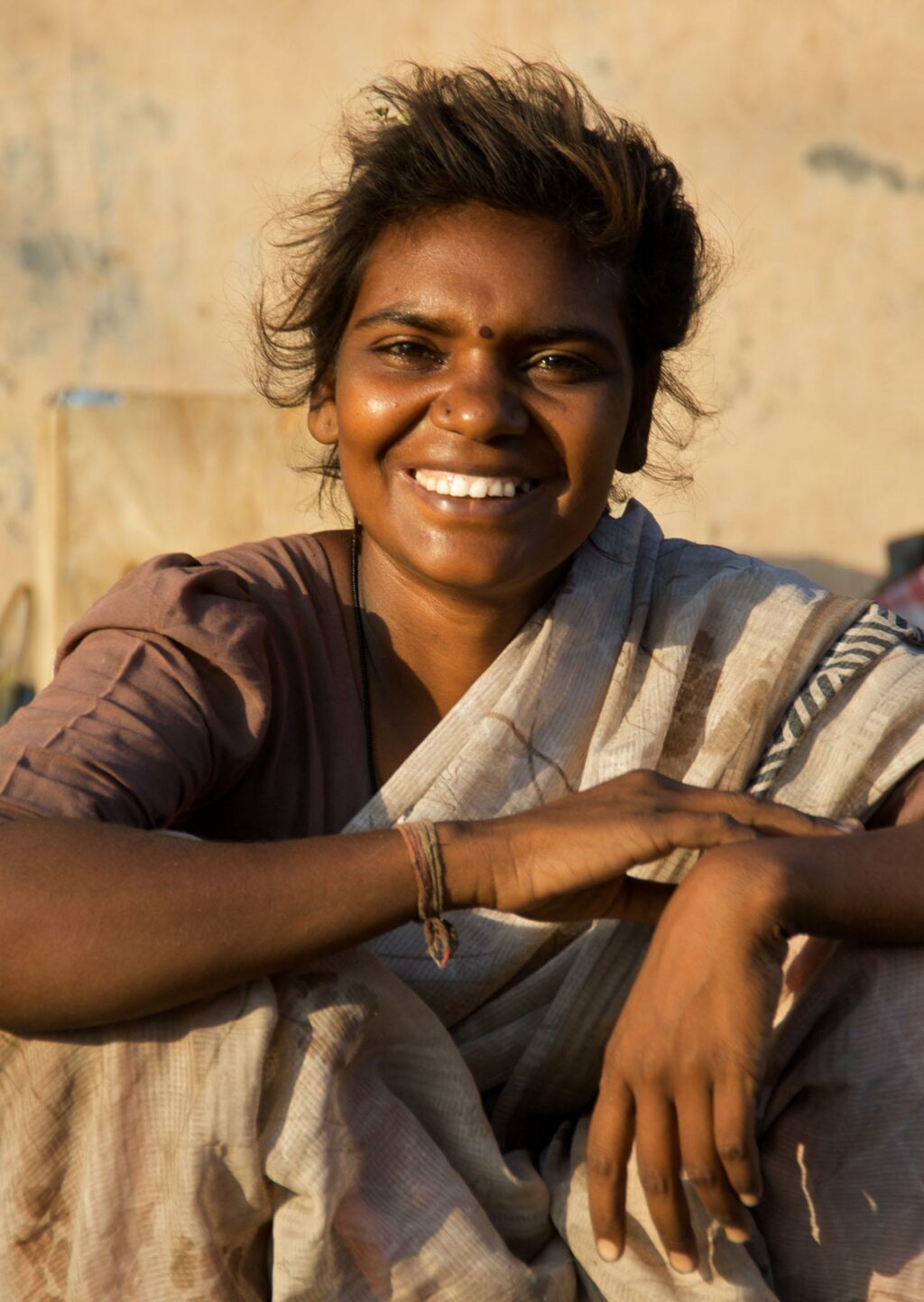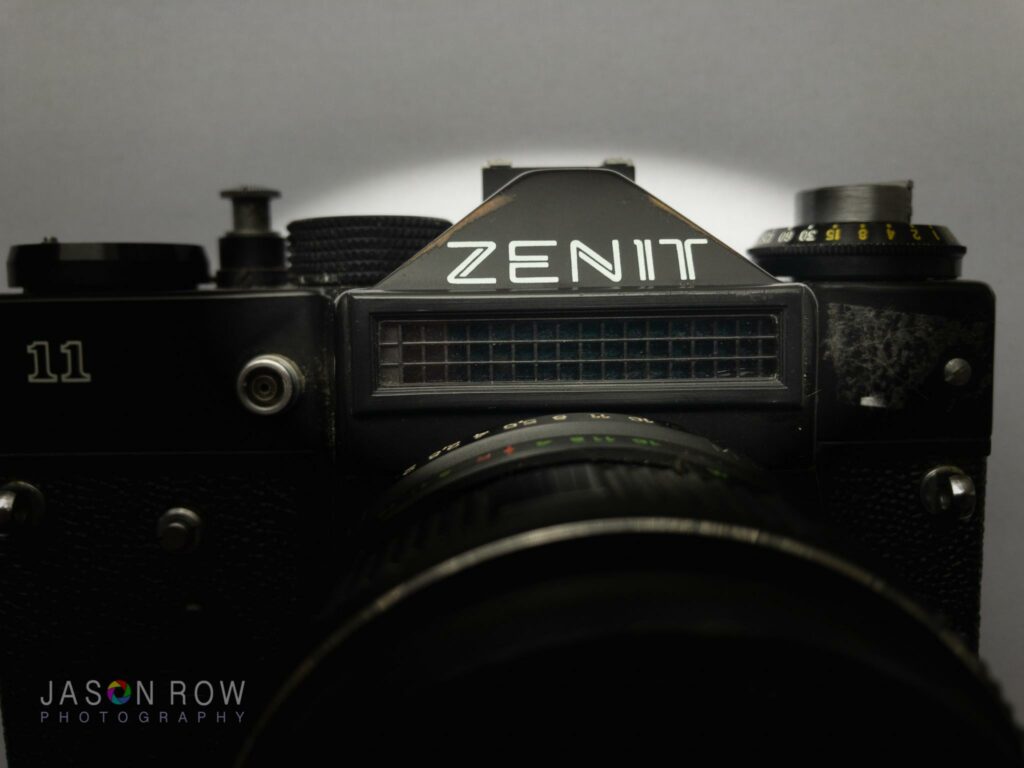On the face of it, 2021 was not a great year in general or in photography. In the wider world, the pandemic continued to wreak havoc with lock downs and restrictions. In photography the shortage of semiconductors has lead to product shortages and even some lines being closed down.
A quick look on DPReview’s camera timeline shows only 19 cameras released in 2021 as opposed to 29 in 2020. Now whilst that’s not the full story on camera launches, I am sure some that were not on that list, it does paint a telling picture of the state of camera manufacturing in the last year. Or does it?

The Last Year Of The DSLR?
The death of the DSLR has been prophesied for a while now. I have written about it before as have many others. It has been clear for at least 5 years that the DSLR would go the way of the compact camera and film cameras. In 2021 none of the biggest players in the industry launched a DSLR camera. In fact the only one that was released was the Pentax K-3 Mark III.
This was a 26mp APS-C consumer level camera. It’s impact on the camera market was apparently so minimal that it’s hard to find detailed reviews on it. Whilst Pentax and its K-3 have a loyal fan base, that fan base is too small to be driving any trends in photography.
If we take a look back at 2020, there were three major DSLR launches, two from Canon one from Nikon. One of the Canon releases was the EOS-1DX Mark III, the latest iteration of it’s flagship camera range. More on that later.
Canon, Nikon and perhaps Sony are regarded as the key drivers in the professional camera market. In 2020 Canon and Nikon laid down markers for where they though the market was going. Canon with it’s R series and Nikon with it’s Z series cameras. Which leads us nicely to…
The Professional Market Goes Mirrorless
If the camera market is driven by the consumer models, it is defined by the professional end. In photography, the direction that consumer market takes will depend entirely on the where the manufacturers flagship cameras go.
This is true of many high end products. The Mercedes S class is famously a barometer of what will feed down in to lower end cars over the next few years. Many of the driving innovations that we enjoy in our Fords and Kias, started life in the Mercedes S Class.

So what of cameras? There were three launches this year that make 2021 stand out. The Sony a1 at the beginning of the year, the Canon EOS r3 in the spring and the Nikon Z9 in autumn.
Why are these cameras so important to photography in general? The simple fact is, that all three are high end professional, flagship cameras, and all three are mirrorless.
What’s even more interesting is that as opposed to the previous generation of flagship DSLRs, all three seem to aimed at their own niche professional market rather than competing for the same pool of pro users.
So what about the EOS-1DX Mark III? After all it was only launched in 2020. Well, in December 2021 the CEO of Canon, Fujio Mitara, announced that the EOS-1D X Mark III would be Canon’s last Flagship DSLR. The simple fact is, that Canon has stopped making high end DSLR cameras, instead shifting the flagships to an entirely mirrorless production line. Although unannounced, I think that it is a safe bet that the other major manufacturers will follow suit.

Why Has The Mirrorless Camera Become Dominant?
The simple fact is that removing most of the moving parts, makes manufacturing cheaper and easier. But it goes beyond that. As Nikon has demonstrated with the Z9 it’s now possible to remove the mechanical shutter, reducing moving parts to virtually zero.
As well as the obvious reliability aspect of no moving parts, the increasing power of processors in cameras will allow for huge technical advances. The Z9s Expeed 7 processor has allowed Nikon to virtually eliminate rolling shutter, a previous issue when using electronic shutters alone.
But it does not stop there. With a sensor that is always available, cameras will have a much greater capacity for computational photography. You only have to look at some of the incredible things, smart phones can achieve with tiny sensors to see where main stream mirrorless cameras are going in the near future.

So The DSLR Is Dead?
Well yes and no. There will be die hard fans of the DSLR who will want to stick with them. In some respects the shift to mirrorless is good news for them. For the majority of photographers, their next camera purchase will be mirrorless, if it isn’t already. However, that means there will be a lot of secondhand DSLRs hitting the market with relatively limited demand for them. Prices of high end DSLRs will drop significantly over the next year or two as the pros move toward mirrorless. The good news does not stop there. Because Nikon and Canon have changed their lens mounts, there will also be a plentiful supply of high end lenses available for those cameras.

So was 2021 an important year for photography? Personally I think so. I think in five to ten years time we will look back at 2021 in the same way we look back to 2007 and the launch of the iPhone. We may not have realised at the time but the iPhone really changed how we used mobile phones.
The technological advances that are enabled by mirrorless cameras will have the same effect on photography. A glimpse of what those advances will be, can be seen by looking at photography and video on smartphones. The fact is the future is bright, but it is also mirrorless.




